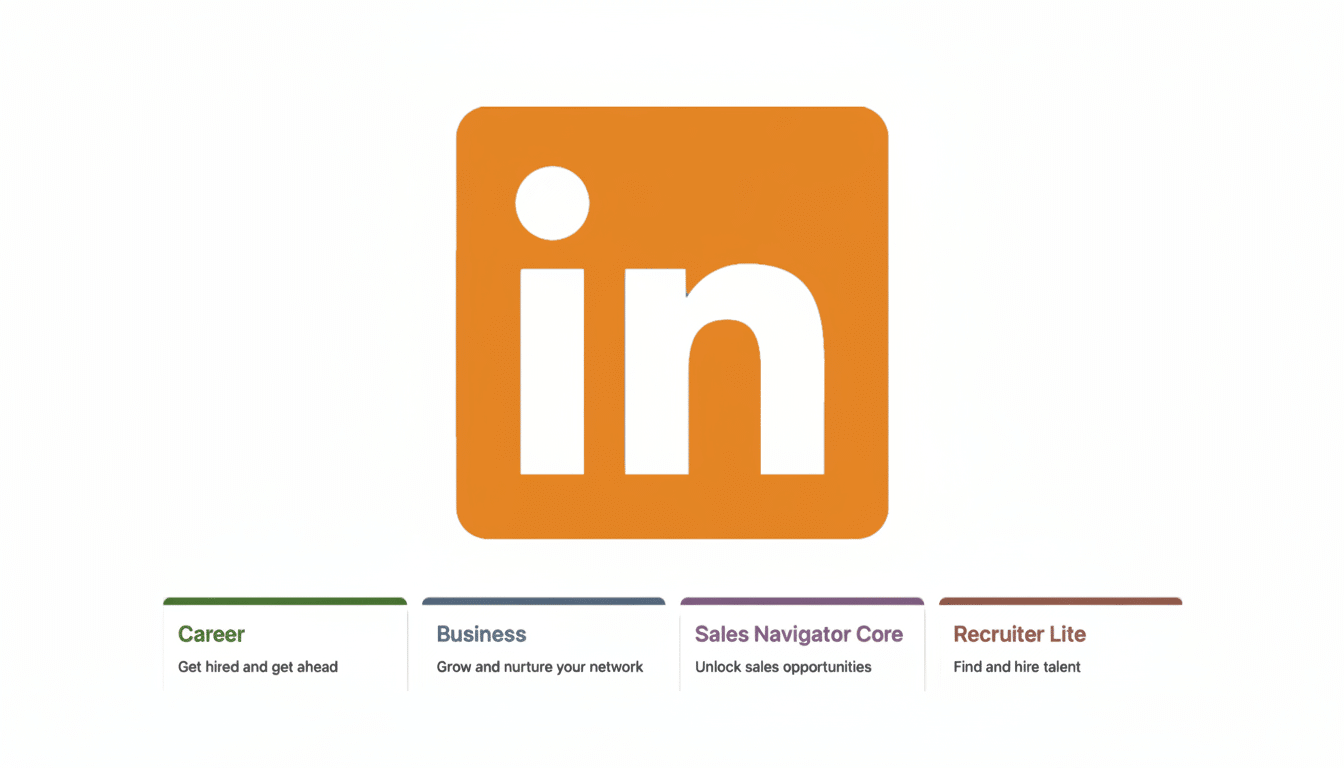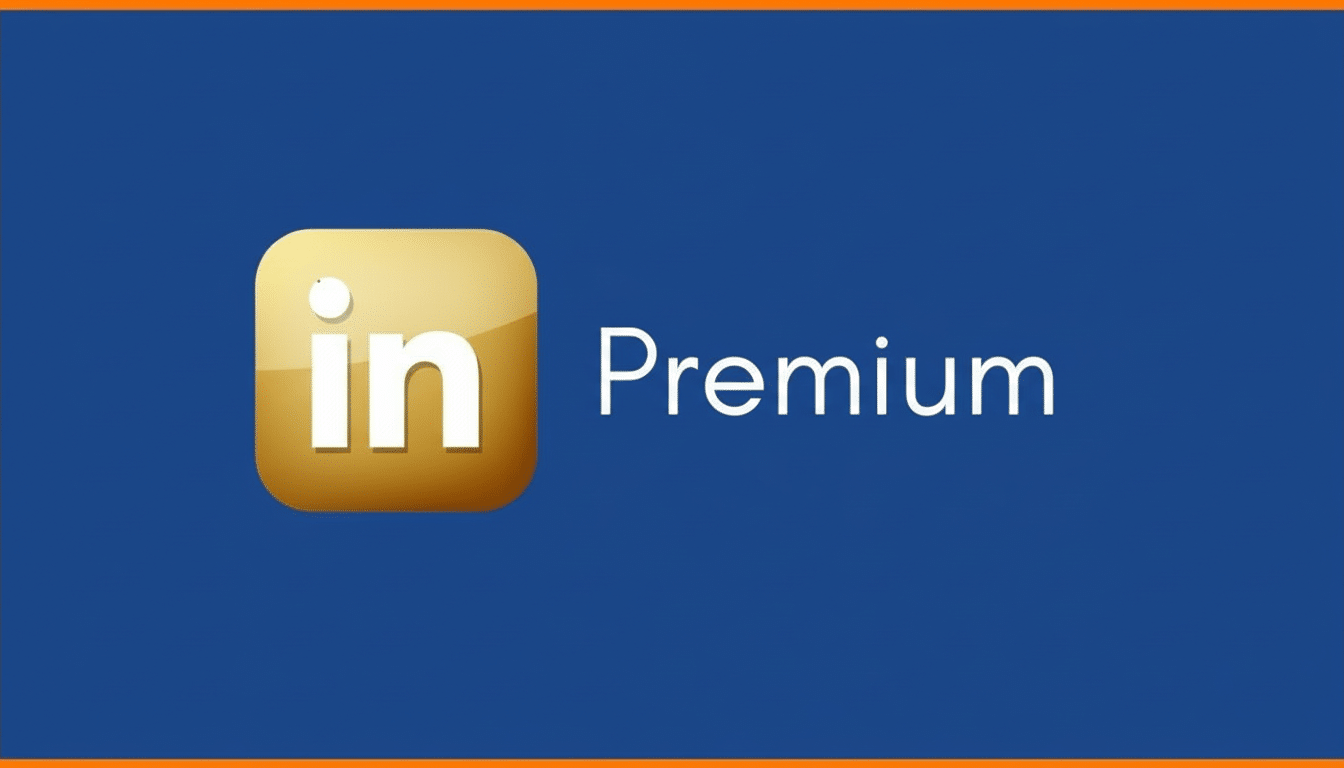LinkedIn is launching an AI-powered people search feature that lets you type in natural language searches such as “Find investors in healthcare with FDA experience” or “show me founders of YC startups based in New York.” The new experience, which launches with premium members in the U.S., intends to move away from the breakdown of brittle keyword strings and fiddly filters to more conversational prompts that translate intent into accurate results.
What the New AI People Search on LinkedIn Does
Instead of a search bar, eligible members see an “I’m looking for…” prompt that takes plain-English searches where you can combine multiple filters like role, sector, location, background, certifications, or if you have a mutual connection. Under the hood, LinkedIn turns those inputs into structured filters and semantic matches, using member profiles, inferred skills (as with “digital marketing near me”) and connections (it is a professional graph, not a directory).
- What the New AI People Search on LinkedIn Does
- Early Results and Notable Limitations for AI Search
- Why It Matters for Recruiters and Sellers on LinkedIn
- How It Probably Works Under the Hood at LinkedIn
- Privacy and Policy Questions for AI People Search
- Competitive Context in AI-Powered Professional Search
- What Comes Next for LinkedIn’s AI People Search Rollout

The company had previously tested out conversational job search, so members could ask for roles that were a fit in more detailed ways than they might have been able to by learning Boolean syntax. Taking that approach to people search is a bigger swing: Most LinkedIn sessions — ultimately, most interactions with the platform at all — are about finding more professionals to interact with: bets, candidates, mentees, or subject-matter experts.
Early Results and Notable Limitations for AI Search
Early testers say the feature is useful, but not perfect. Queries such as “people who co-founded a YC startup” can have different results than those for “people who co-founded a Y Combinator startup,” thus highlighting the sensitivity of entity recognition today. One other oddity: searching for “voice AI startup” sometimes turns up profiles with a “Top Voice” badge affixed, indicating that the model at times may over-rely on badges rather than context.
According to LinkedIn, the company is improving its acronyms, synonyms and industry jargon understanding, and bettering disambiguation between overlapping terms. And look for a lot of iteration over the next few months as we take feedback from our premium users to refine models that more accurately resolve intent and map prompts to the right people, companies and skills.
Why It Matters for Recruiters and Sellers on LinkedIn
LinkedIn’s professional network includes more than a billion members and tens of millions of decision-makers around the world. For recruiters and sales teams, the single largest drag on productivity has been query crafting — chaining keywords, exclusions, and filters to uncover a tight subset of relevant profiles. A chat interface that can understand “Series A fintech CFOs in Chicago with public company experience” might save hours on sourcing candidates and prospecting.
This is in line with LinkedIn premium suites as well. If conversational people search is consistently better than manual filtering, it adds extra product value to Recruiter, Sales Navigator or premium subscriptions; efficiency of discovery and outreach leads directly to conversions and closed deals.
How It Probably Works Under the Hood at LinkedIn
LinkedIn hasn’t gone into detail about the stack, but this pattern is common: big language models parse prompts, pull out constraints and do entity resolution against a knowledge graph of people, companies, roles and skills. Vector embeddings enable semantic matches for cluttered inputs — think “YC” vs. “Y Combinator” — while the classical structured index applies hard filters, such as location, current company or connection degree.

The platform has always been into skill inference and profile normalization. That history matters. AI search is most effective when it can pin freewheeling prompts to clean, consistent data — titles, seniority, certifications, inferred abilities — so the model doesn’t merely guess at what might be a match.
Privacy and Policy Questions for AI People Search
AI-driven search over personal networks raises the same questions we ask of any social ranking system: what signals drive rankings, how opt-outs are respected, and whether vulnerable attributes are inferred or used in ways members do not expect. LinkedIn, the company says, is still investing in guardrails and plans to refine policies around automated browsers and agents that interact with the site, something that broader platforms on the web are doing.
As generative tools make it so easy to scrape or synthesize profile data, you can also expect more opinionated stances about rate limits, API access and licensing — especially when platforms like Reddit start formalizing data deals and clamping down on unlicensed training.
Competitive Context in AI-Powered Professional Search
Search is in the midst of generational change. Generative answers are being injected into results by Google and Bing, while users seem to be more willing than ever before to ask chatbots for atomic advice. SeekOut and Eightfold AI have built businesses on AI as a discovery tool in the talent and go-to-market space. The value for LinkedIn is in distribution and high data density: a professional graph that’s always up-to-date when it comes to role changes, skills and social proof.
The bet is simple: if the platform can turn intent into accurate, explainable results quicker than third-party tools, users will do more of their discovery natively — and there’s a cost to that.
What Comes Next for LinkedIn’s AI People Search Rollout
The rollout kicks off today for U.S. premium members and will expand in the coming months to additional subscribers. Look for closer integration between LinkedIn’s job search, learning and messaging surfaces — imagine prompt-based talent pipelines or AI-suggested intros through mutual connections. The endgame is not a search box so much as a conversational assistant that understands who you are and what you know, and helps take the next step for you.

